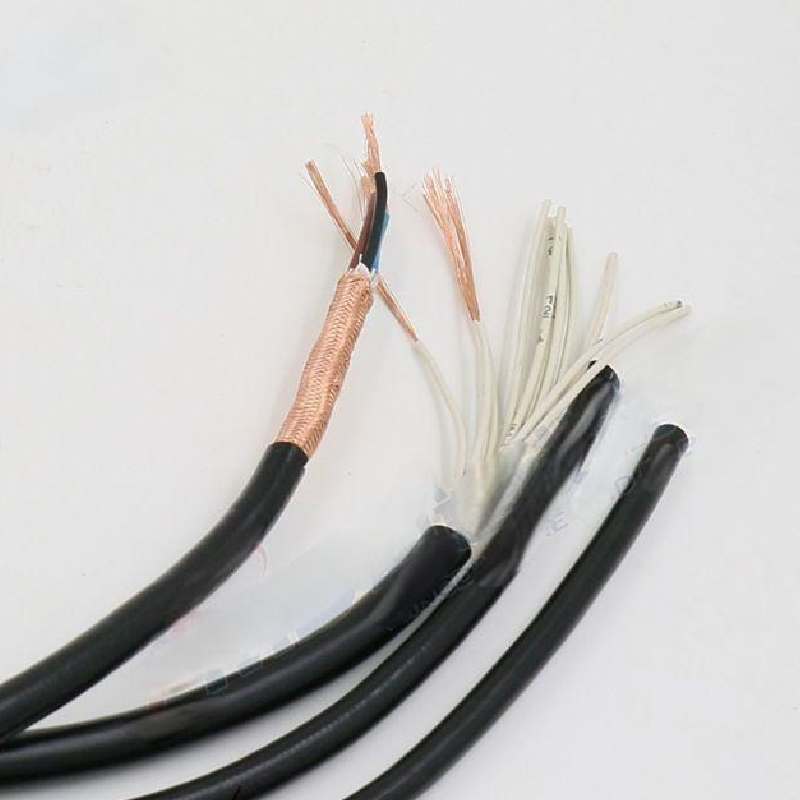ធ្នូ . 19, 2024 04:28 Back to list
pneumatic butterfly valve
Understanding Pneumatic Butterfly Valves An Overview
Pneumatic butterfly valves are crucial components in fluid control systems, widely utilized in various industries such as oil and gas, water treatment, and food processing. Their unique design and operational efficiency make them a preferred choice for regulating the flow of liquids and gases.
Design and Structure
At its core, a pneumatic butterfly valve consists of a disc that rotates around a central axis. This disc serves as the flow control mechanism. Attached to the disc is a pneumatic actuator, which employs compressed air to turn the disc into various positions, thereby restricting or allowing the flow through the valve. The simplicity of this design offers numerous advantages, including compact size, low weight, and a quick response time.
The valve features a sealing mechanism that ensures minimal leakage, enhancing its functional efficiency. Often made from materials like stainless steel, plastic, or rubber, the butterfly valve's body can withstand varying pressures and temperatures, making it suitable for different applications.
Working Principle
The operation of a pneumatic butterfly valve is straightforward. When the actuator is supplied with compressed air, it rotates the disc. In the fully open position, the disc lies parallel to the flow, allowing for unobstructed passage. Conversely, in the closed position, the disc is perpendicular to the flow, effectively stopping it. The degree of rotation can be finely controlled, allowing for precise regulation of flow rates. This precision is particularly useful in processes where maintaining specific flow conditions is essential.
Advantages of Pneumatic Butterfly Valves
1. Quick Operation Pneumatic butterfly valves can typically be opened or closed in less than a second, making them ideal for applications requiring fast shut-off.
pneumatic butterfly valve

2. Low Pressure Drop The design of the valve minimizes the pressure difference across it, which is beneficial in maintaining system efficiency.
3. Space Efficiency Their compact design requires less space than other types of valves, making them advantageous in cramped installations.
4. Cost-Effectiveness Generally, pneumatic butterfly valves are more economical compared to other valve types due to their simple design and lower maintenance needs.
5. Versatility They are suitable for a range of fluids, including slurries, gases, and even corrosive liquids, depending on the materials used in construction.
Applications
Pneumatic butterfly valves have a broad range of applications. In water treatment facilities, they control the flow of water through filtration and treatment processes. In the chemical industry, they regulate the flow of various chemicals, ensuring safety and efficiency in processes. In food and beverage production, these valves manage the flow of ingredients, ensuring product consistency without contamination.
In the oil and gas sector, pneumatic butterfly valves play a vital role in the control of crude oil and natural gas pipelines. Their ability to handle high pressures and provide reliable operation is critical in maintaining safety and efficiency in these environments.
Conclusion
The importance of pneumatic butterfly valves cannot be overstated. Their efficient design, quick operation, and cost-effectiveness make them a staple in various industries. As processes become increasingly automated and complex, the demand for reliable and efficient flow control solutions is likely to grow. Understanding the features and benefits of pneumatic butterfly valves is crucial for engineers and technicians involved in fluid control systems. As technology continues to advance, these valves will undoubtedly evolve, improving their functionality and applications even further.
Share
-
Reliable Wafer Type Butterfly Valves for Every IndustryNewsJul.25,2025
-
Reliable Flow Control Begins with the Right Ball Check ValveNewsJul.25,2025
-
Precision Flow Control Starts with Quality ValvesNewsJul.25,2025
-
Industrial Flow Control ReliabilityNewsJul.25,2025
-
Engineered for Efficiency Gate Valves That Power Industrial PerformanceNewsJul.25,2025
-
Empowering Infrastructure Through Quality ManufacturingNewsJul.25,2025